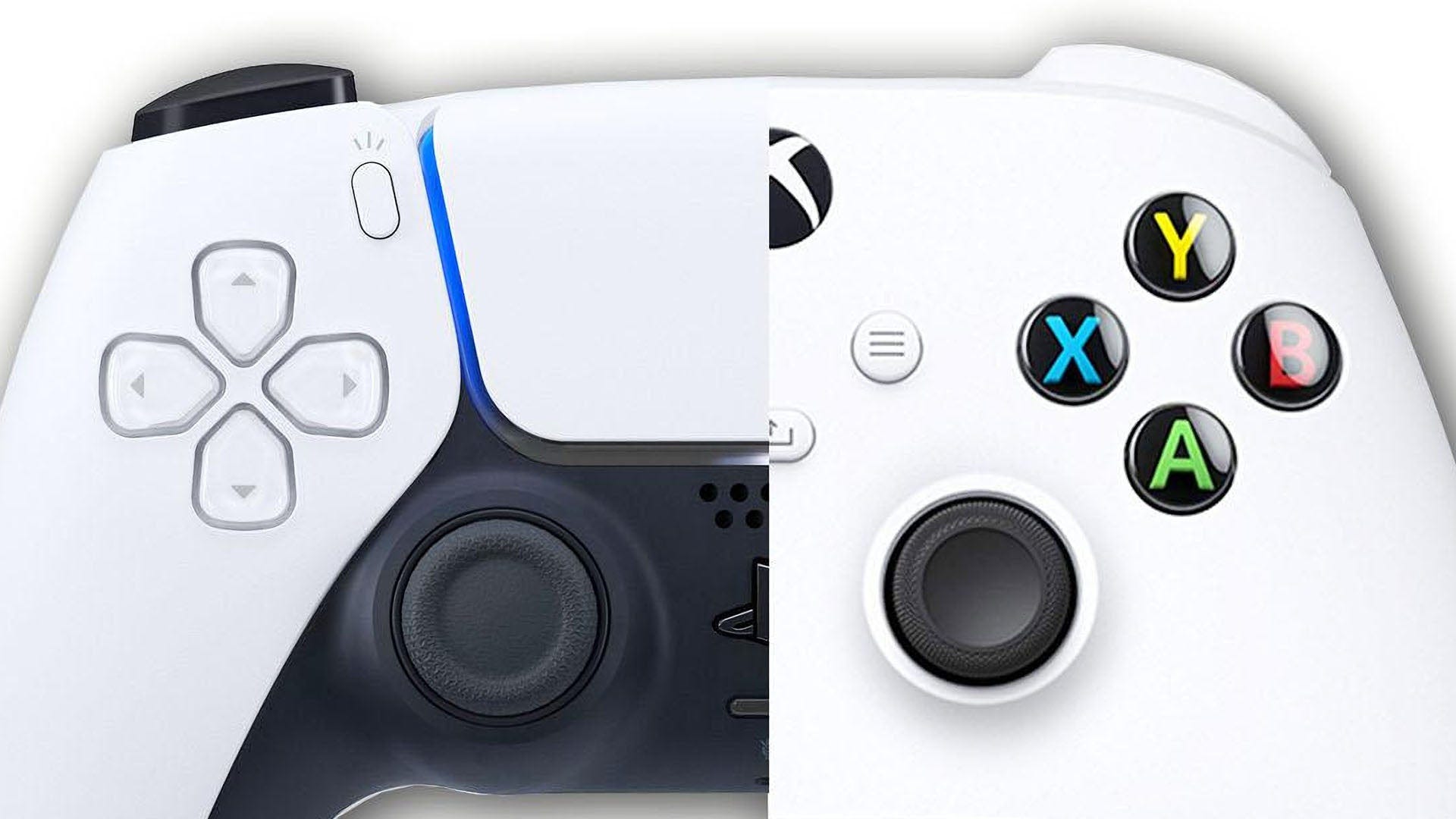DF Weekly: a snippet of Black Myth: Wukong PS5 footage arrives - so what do we make of it?

This week's DF Direct 'drops' a little early owing to a somewhat busy and congested week for us, and our usual two-hour-long chat show begins with a look at the Black Myth: Wukong benchmarking tool - and the fact that (when we filmed, at least), the developer had not shown any video footage of the PlayStation 5 version in action. Reviewers were told not to expect PS5 code pre-launch. However, yesterday, a short snippet of gameplay captured from the console did appear online, so we scrambled to take a look at it and append some thoughts about it to our show.
Let's talk about the footage itself, hailing from PlayStation China (though we picked it up from the developer's feed, which linked to IGN China instead). First of all, there are clear issues with the quality of the footage. The appearance of developer IP addresses in the top-right may suggest that the PS5's system level video recording system was used, which was then re-processed by YouTube's systems, creating a very muddy picture, heavy on compression artefacts. Even so, we can see that the game is targeting 60fps, albeit with some heavy hits to frame-rate when screen-filling effects present on-screen. Black Myth: Wukong as presented here doesn't have any screen-tearing.
Beyond that, it is difficult to tell you much more about the game when we have no context on how the clip was captured and what settings (assuming the console version has settings) it was using. To be honest, the murkiness of the footage has left me with more questions than answers - especially after carrying out performance analysis on the clip. It's not easy to gauge frame-rate from lossy video, but we've done it in the past with streaming services and the technique is pretty straightforward and boils down to manually scrolling through the clip frame by frame and marking up duplicates. In the process, we got to see how the game looks from one frame to the next and there's some evidence here to suggest that AMD FSR 3 frame generation is being used in this footage.











